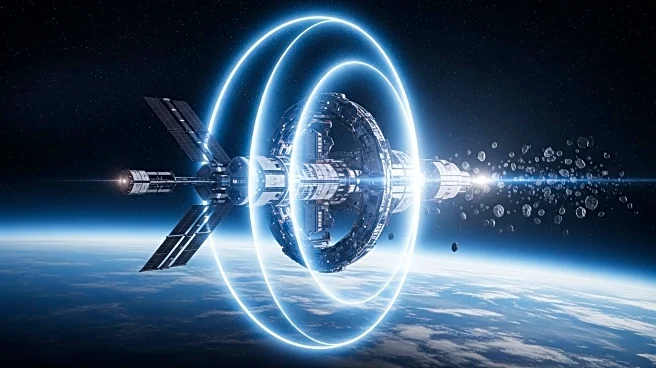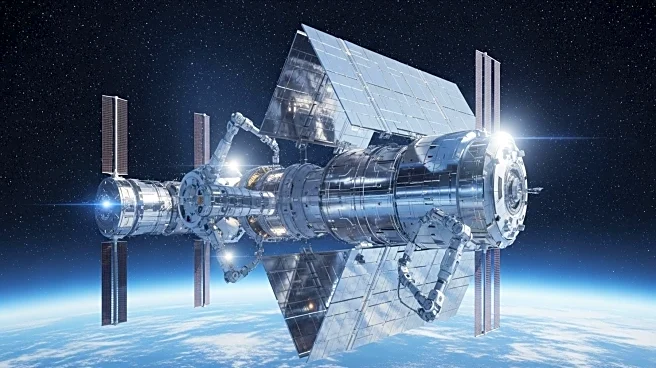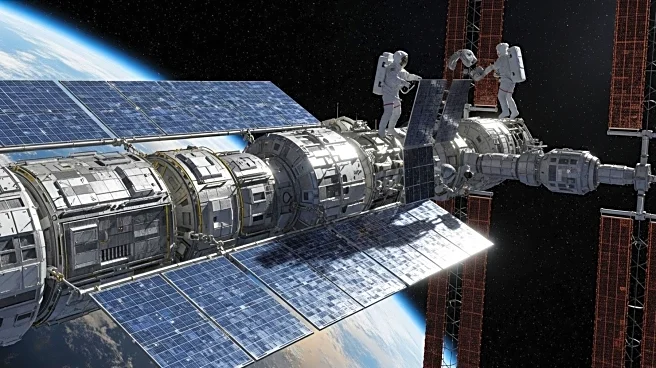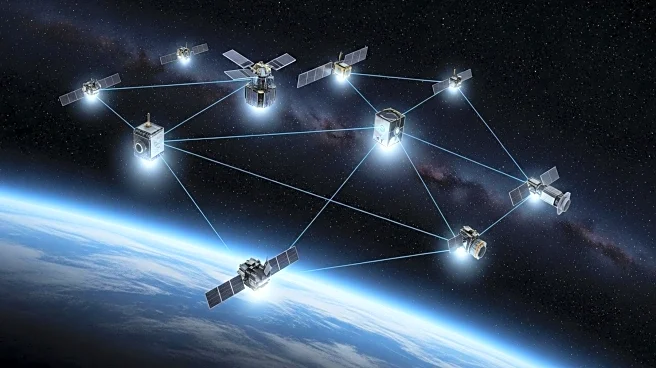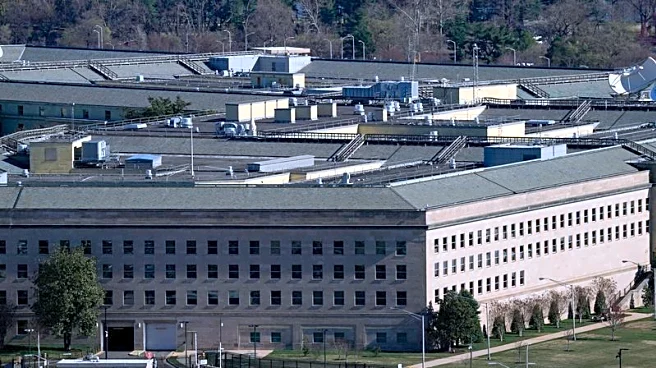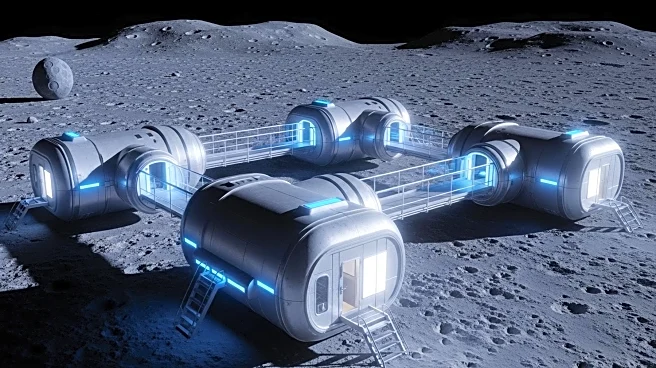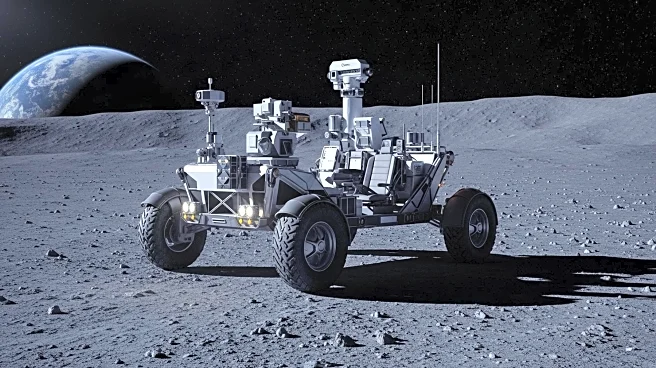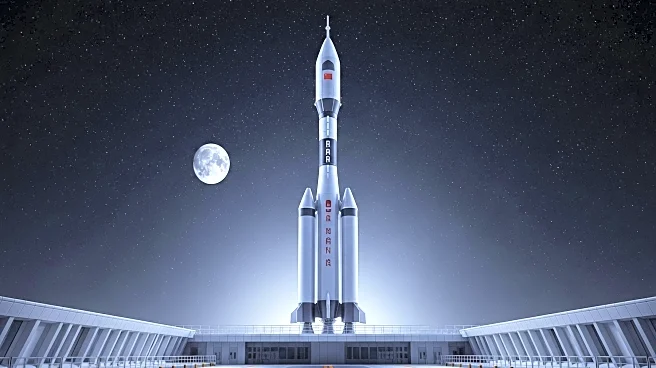What's Happening?
Chinese astronauts from the Shenzhou 20 mission have completed a six-hour spacewalk to install new debris shielding on the Tiangong space station. This marks the fourth extravehicular activity (EVA) for the crew since their arrival in April 2025. The upgrades are part of China's efforts to protect the station from space debris, which poses a significant threat to spacecraft. The Tiangong station, with its T-shaped structure, is a symbol of China's growing presence in low Earth orbit and its commitment to maintaining a secure and sustainable space environment.
Why It's Important?
The installation of debris shields on Tiangong highlights the increasing importance of space safety and security. As space becomes more crowded with satellites and debris, protecting valuable assets like space stations is crucial. China's proactive measures demonstrate its technical maturity and strategic foresight in space operations. This development also underscores the competitive nature of space exploration, with China rapidly advancing its capabilities. The enhancements to Tiangong not only safeguard the station but also reinforce China's position as a leading spacefaring nation.
What's Next?
China plans to expand the Tiangong space station, potentially increasing its capabilities and exposure to debris. The experience gained from these upgrades will inform future missions and the design of next-generation space infrastructure. As China continues to invest in its space program, international stakeholders, including the U.S. Space Force, are closely monitoring these developments. The global space community may respond by enhancing their own space safety measures and exploring collaborative efforts to address the challenges of orbital debris.

